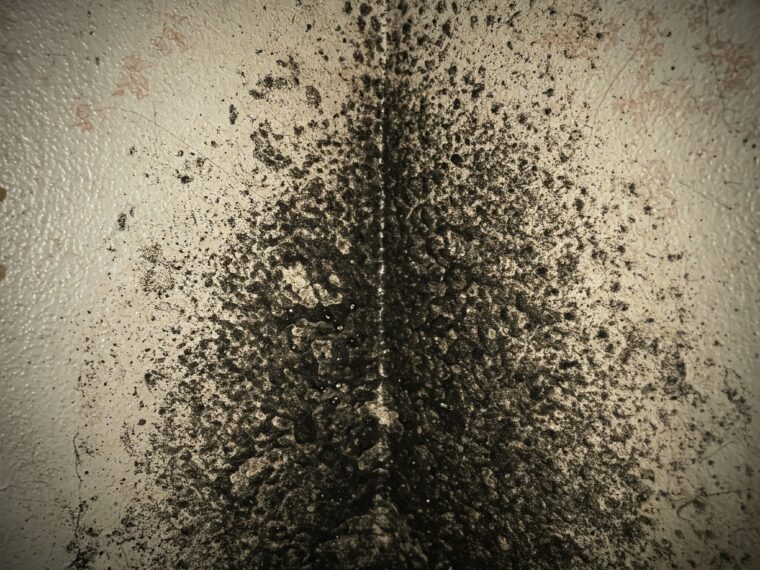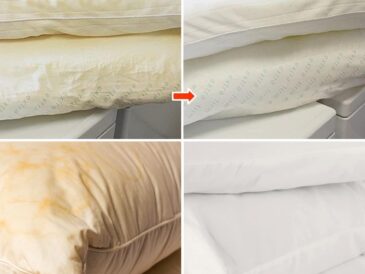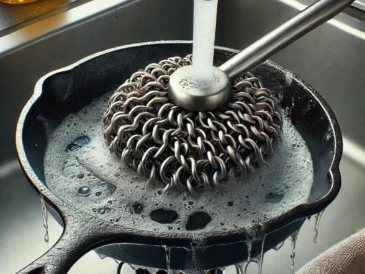a. Identify the Source of Moisture
Before cleaning, find out where the moisture is coming from. Look for leaks, check insulation, and assess ventilation. Solving the root cause is crucial; otherwise, mold will keep coming back.
b. Improve Ventilation
- Use exhaust fans in kitchens and bathrooms.
- Open windows when possible.
- Use a dehumidifier in damp rooms.
c. Insulate Problem Areas
Adding insulation to corners that are prone to condensation can help prevent thermal bridging and reduce mold-friendly conditions.
d. Clean the Mold Safely
If the area is small:
- Wear gloves and a mask.
- Use a mixture of white vinegar or baking soda with water, or a mold-specific cleaner.
- Scrub the area thoroughly and dry it completely.
If the affected area is large or recurring, it’s best to hire a professional mold remediation service.
5. Preventing Mold in the Future
- Regularly check for and fix leaks.
- Use mold-resistant paint, especially in humid areas.
- Keep indoor humidity levels between 30–50%.
- Clean and dry water-prone areas like bathrooms and kitchens often.
6. When to Seek Professional Help
If:
- The mold covers more than 10 square feet.
- You experience persistent health issues.
- The mold keeps returning even after cleaning.
- There is hidden mold inside walls or under flooring.
Call a mold remediation expert who can assess the problem and safely remove it.
Conclusion
Blackened corners on your walls are not just a cosmetic issue—they’re a red flag. Whether it’s mold caused by poor ventilation, excess moisture, or structural faults, the key is to act fast. Early intervention can protect both your home and your health.
So the next time you see your walls turning black in a corner—don’t ignore it. It’s your home’s way of telling you that something’s wrong.




